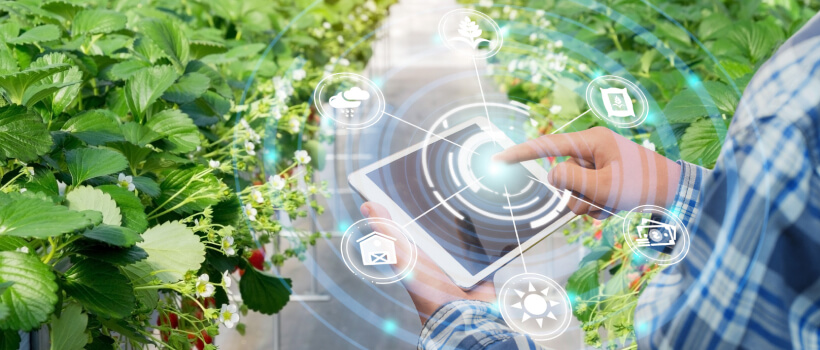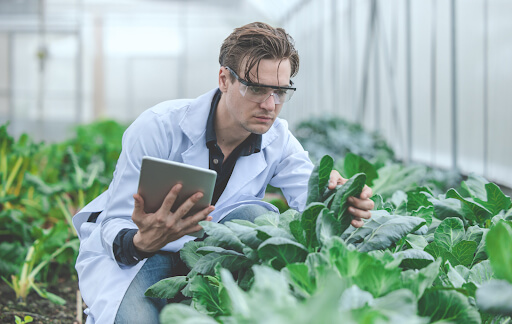 1-800-805-5783
1-800-805-5783 
The global agricultural sector is experiencing a revolution unlike any other, driven primarily by data science in agriculture. The marriage of these two fields – agriculture and data science – is progressively reshaping traditional farming methods, enhancing yield, and ensuring sustainability. This transformation, known as agriculture analytics, is a burgeoning frontier worth exploring.
Data science, with its remarkable capability to extract meaningful insights from raw data, is the keystone of this revolution. Agriculture analytics allows us to sift through the enormity of agricultural data and translate it into actionable knowledge. This capability has profound implications for farming communities, industry stakeholders, and, by extension, global food security.
The integration of data science in agriculture starts with acquiring data. The most common sources of data are satellite images, sensors installed in agricultural machinery and equipment, weather data, and soil sensors. These collect myriad data types – from soil quality, temperature, humidity, and rainfall, to crop health and yield per hectare.
Applying machine learning algorithms and predictive models to this data, agriculture analytics can create powerful forecasts that help farmers make better decisions. These can be related to the optimal time for planting, choosing the right crops for a particular soil type, or determining the perfect amount of fertilizer to use.

Predictive analytics, a key component of data science in agriculture, has the potential to revolutionize farming practices. By analyzing historical and real-time data, predictive models can forecast crop yield, assess the risk of disease outbreaks, and even suggest suitable preventive measures. This can lead to improved crop health, higher yield, and significant cost savings for farmers.
Climate change also presents unpredictable challenges to agriculture, with sudden weather changes often leading to catastrophic losses. Here too, agriculture analytics can play a significant role. Predictive models can provide early warnings about potential adverse weather conditions, giving farmers the opportunity to prepare and protect their crops.
While predictive analytics can forecast what might happen, prescriptive analytics suggests what actions should be taken. This is the future of data science in agriculture. It moves beyond merely identifying potential problems to offering solutions.
With the aid of artificial intelligence and machine learning, prescriptive analytics can offer detailed guidance on every aspect of farming – from soil management and pest control to crop rotation and irrigation. This form of agriculture analytics can potentially lead to a significant increase in productivity and efficiency, all the while minimizing the environmental impact of farming practices.
The implementation of data science in agriculture is not merely a technological shift; it’s a paradigm shift. It’s about empowering farmers with knowledge and tools that were previously accessible only to large agricultural corporations. By democratizing access to agriculture analytics, we can bridge the gap between small-scale farmers and industrial farming operations, facilitating the evolution of agriculture at all scales.
In conclusion, the incorporation of data science in agriculture through agriculture analytics is a transformative journey that has just begun. With the potential to optimize farming practices, improve yields, and mitigate the impacts of climate change, this fusion is reshaping the agricultural landscape. As we continue to harness the power of data and analytics, we can look forward to a more sustainable and productive future for farming.